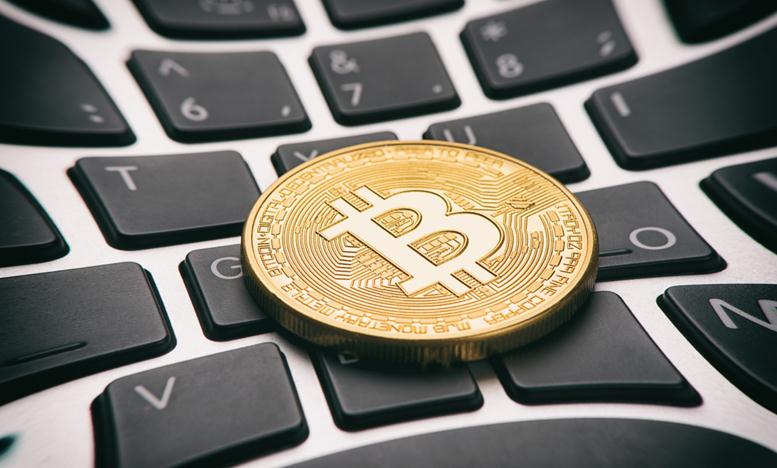Google Stock (NASDAQ:GOOGL)
Given the hard environment that caused advertising expenditure to decline globally, Google/Alphabet’s (NASDAQ:GOOGL) rather underwhelming result in Q4 was not all that surprising. The company’s ability to grow sales at all while its rivals saw Y/Y revenue losses demonstrates the strength of Google’s digital ad portfolio and provides cause for optimism about the company’s future. I’m inclined to think that Google stock remains a good investment at the current price in the current environment and find it absurd that the market punished the company’s shares after the release of the earnings report given that the weakness in the advertising market is probably only going to last a short while.
Q4 Results Weren’t So Bad
Given that Google’s business exhibited Y/Y growth in Q4 and FY22, the current decline in the company’s price is absurd. While its competitors like Meta Platforms (NASDAQ:META) and Snap (NASDAQ:SNAP) had their companies drop over the same period, the company’s sales of $76.05 billion in Q4 was up 1% Y/Y. During the final three months of 2022, all of Google’s divisions also saw Q/Q increase, demonstrating the continued high demand for the company’s array of products and services, particularly from advertisers and subscribers.
Future growth catalysts could assist Google in keeping its commitments in 2023, which could boost sentiment and result in a subsequent increase in the value of its shares.
First off, simply because the company is the clear market leader in search, it is likely to continue to outperform its competitors because the ARPU in the search industry is higher than that of all other segments and is anticipated to rise even further in the coming years. Because of this, even if advertising spending is reduced, the search industry would be the last to notice it, giving Google an advantage over its rivals who are the market leaders in other non-search categories.
At the same time, Google’s management mentioned during the conference call that if we ignore the negative currency impact on the company’s business, the search business showed modest growth during the most recent quarter, while the overall revenues increased by 7% Y/Y in constant currency rather than 1% Y/Y, which takes into account the impact of foreign exchange. While it is pointless to predict the growth of the company by examining its performance only under ideal circumstances, such a foreign exchange impact provides insight into how Google might fare in the event that the macroeconomic environment improves and the dollar starts to revert to its pre-tightening levels.
There is a case to be made that the worst is behind us and that the central bank has now recognized the beginning of the disinflationary process in light of recent more dovish remarks from Fed Chairman Jerome Powell. As a result, it’s likely that Google won’t be severely impacted by currency concerns at the same rate they did in Q4; this provides us cause to be more positive about the company’s performance in the coming quarters.
It becomes clear that Google is unlikely to give up its advantages in the digital advertising, media, and cloud sectors anytime soon when you consider that its YouTube subscription business continues to grow and now has over 80 million users across Music and Premium.
In light of the fact that Google has everything in place to continue generating new shareholder value for years to come, it made no sense for the stock to decline quickly after the results were revealed. The only remaining question is how much upside Google stock provides at the current prices, and my updated DCF model can help predict what to expect going forward.
A few months ago, a previous model was created that estimated Google’s fair value to be $120.81 per share. The new model has been modified to match the changing environment and is updated with the most recent financial data.
For the next couple of years, the top-line growth rate predicted by the model is largely in line with market expectations before stabilizing closer to the terminal year. The same is true for EBIT as a percentage of revenue, which is also close to the model’s street assumptions. The following years’ average tax rate as a percentage of EBIT and D&A as a percentage of revenue are based on the corresponding last three years. The capital investments are in line with the management estimate, which intends to maintain the same level of capital expenditures in FY23 as in FY22. This model’s change in net working capital is at 1% rather than the prior model’s 2.4% since it more accurately captures reality. The WACC has been raised from 7.5% to 8% in order to account for the recent increase in interest rates, while the terminal growth rate of 3% remains constant.
According to this updated model, Google has an enterprise value of $1.35 trillion and a fair value of $110.11 per share, an increase of about 7% from the current prices. The increase in WACC is primarily to blame for the decrease in fair value from the prior model. The present model would have shown a fair value of almost $120 per share had the prior WACC of 7.5% been used.
Given the recent interest rate increases, some may believe that even an 8% WACC is too low, but keep in mind that we’re talking about Google, a corporation that has relatively good margins, can create free cash flow quickly, and has more cash on hand than the yearly GDPs of entire nations. As a result, it is very likely that the company will have simple access to capital at a rate that is acceptable and consistent with the strategy. The stock represents an upside at the current levels, especially when you consider that a projected likely outperformance of top-line estimates in the next few years could exceed a further increase in WACC. Google is a purchase for me at this time, therefore.
Risks To Think About
There are two main threats to Google’s hegemony in the digital advertising market, both of which have the potential to destroy value and threaten the company’s business model. First off, ChatGPT’s recent explosive growth compelled management to issue a “code red” warning because there’s a chance that in the future, the chatbot’s capacity to rapidly and effectively respond to user inquiries could render Google Search obsolete and undercut the entire optimistic thesis.
However, additional regulatory pressure, this time coming from the DOJ, may also compel Google to separate its operations, particularly if the European Union demands the same of the corporation.
The good news is that neither of those dangers is now present. It’s still too early to speculate that ChatGPT will overtake Google as the latter continues to expand its clientele, and it’s also possible that consumers will continue to utilize Google’s free search as a result of the former’s future monetization. However, as I have previously stated, there won’t be any immediate regulatory pressure because it would take years for cases and appeals to be resolved before there was even a remote possibility that Google’s finances would worsen. So, at this point, I wouldn’t worry too much about regulators.
Conclusion
Although Google will probably come under more regulatory scrutiny in the coming years, there isn’t expected to be a significant financial impact on company finances anytime soon. As a result, the company is likely to perform better in the upcoming quarters as it seems that the macroeconomic situation is improving. In fact, there is a case to be made that we will be able to completely avoid a major global recession, which would’ve required advertisers to further reduce their marketing budgets. As a result, I remain optimistic about Google’s future and think it’s absurd that the stock has declined since the release of Q4 results because its competitive advantages and distinct position in the digital advertising industry can help it to extend its lead over others and generate more shareholder value along the way.
Image: Megapixl @ Andreistanescu








